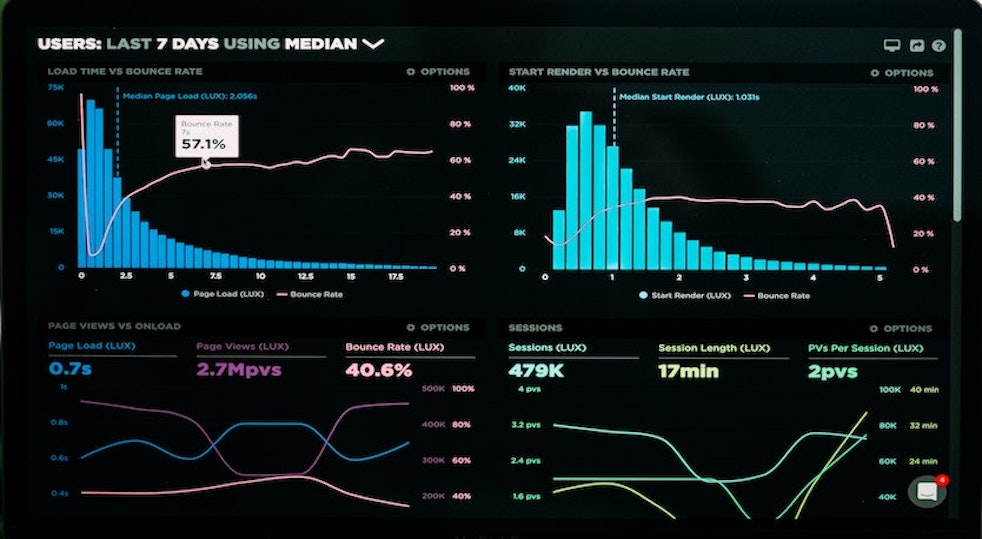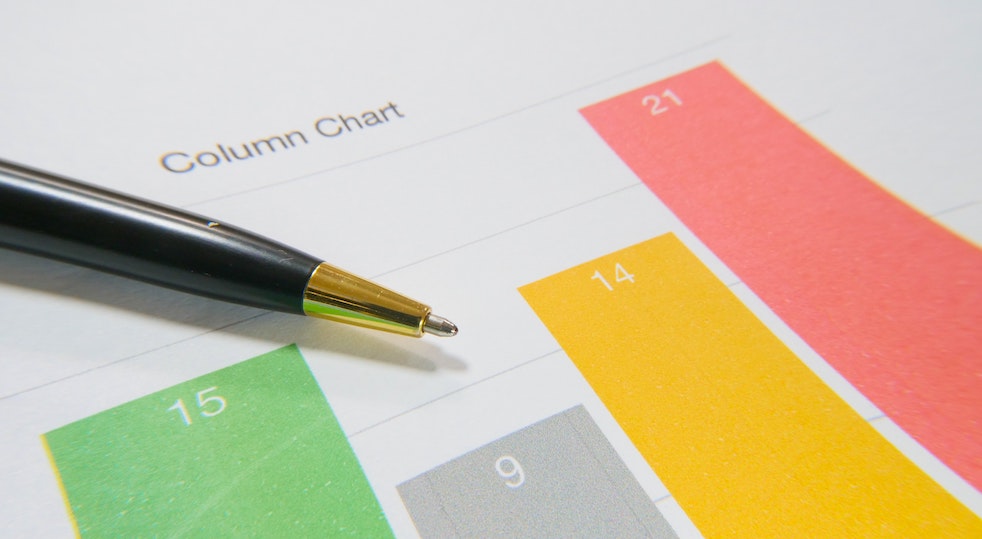To complement our series of QuickReads covering measurement, we will now explore the various data…

ChangeWise Quick Reads: Total Productive Maintenance (TPM) Part 2
The 8 Pillars
In our previous Quick Read, we explored how Total Productive Maintenance (TPM) is an approach to equipment maintenance that strives to achieve perfect production. We looked at where the methodology comes from, what it is, and the benefits it can bring to your organisation.
In this Quick Read, we will explore the technique a little further by examining the 8 pillars that form the basic structure of TPM.
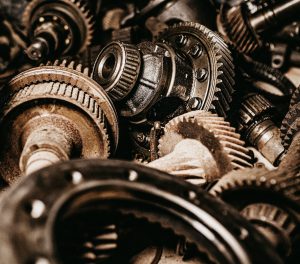
What are the 8 Pillars?
TPM consists of 8 pillars that focus on proactive and preventive techniques for improving equipment reliability:
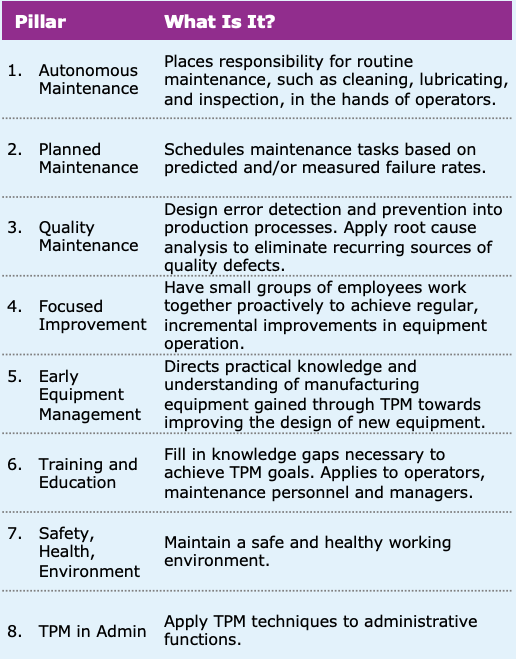
Let’s take a look at each of them in a little more detail……
Autonomous Maintenance
Employees are at the heart of the process. Success is centred around empowering staff so that ownership of machinery shifts from maintenance to operators, making staff responsible for minor maintenance and cleaning activities.
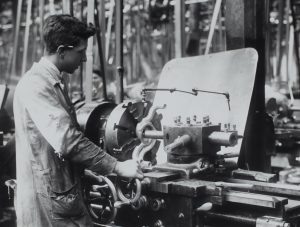
This is beneficial for many reasons, including increasing employee knowledge and skills and reducing maintenance costs. It also enables the early detection of issues, which will ultimately prolong the life of equipment.
Planned Maintenance
Planned Maintenance schedules the maintenance tasks based on predicted and/or measured failure rates. This allows for improved demand management, as production can be scheduled around planned downtime. Operations can choose to build-up additional inventory prior to maintenance to ensure customer demand is not impacted.
Quality Maintenance
This pillar uses Lean techniques to proactively detect maintenance defects and errors; an example might be ‘andon’ lights (Japanese term for lantern), these are used to visually communicate changes in the production system so that operators are aware there is a potential issue.
Focused Improvement
This stresses the importance of having small focus groups who work together to continuously monitor the TPM process, allowing small, incremental improvements to enable continuous improvement.
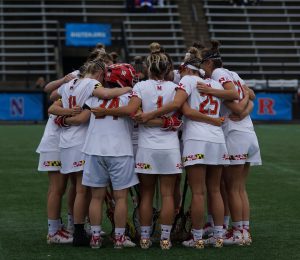
Issues are identified and small Lean activities initiated, often referred to as Kaizen (Japanese term for improvement) events.
Early Equipment Management
The fifth pillar of TPM focuses on implementing new processes with minimal development, it utilises the knowledge captured from other pillar teams to design future machinery/processes. The ultimate goal is a defect free process with no equipment downtime.
Training and Education
This involves knowledge sharing and training to ensure information gaps are filled. All operational staff are required to have basic maintenance skills and the analytical expertise to proactively identify and suggest solutions for equipment issues. To be successful, this pillar requires all employees understand the goals of TPM methodology.
Remember! This pillar is not limited to operational staff. All levels of management must understand and support the goals of TPM in addition to having the Lean competencies and training required to support their teams and direct reports in achieving TPM goals. Without complete organisational buy-in, the full benefits of TPM cannot be realised.
Safety, Health, Environment
The Safety, Health and Environment pillar highlights the importance of maintaining a safe and healthy working environment. An organised workspace with well-maintained equipment will result in fewer accidents, along with improved flow due to no missing equipment. This is why 5S Methodology is at the heart of TPM.
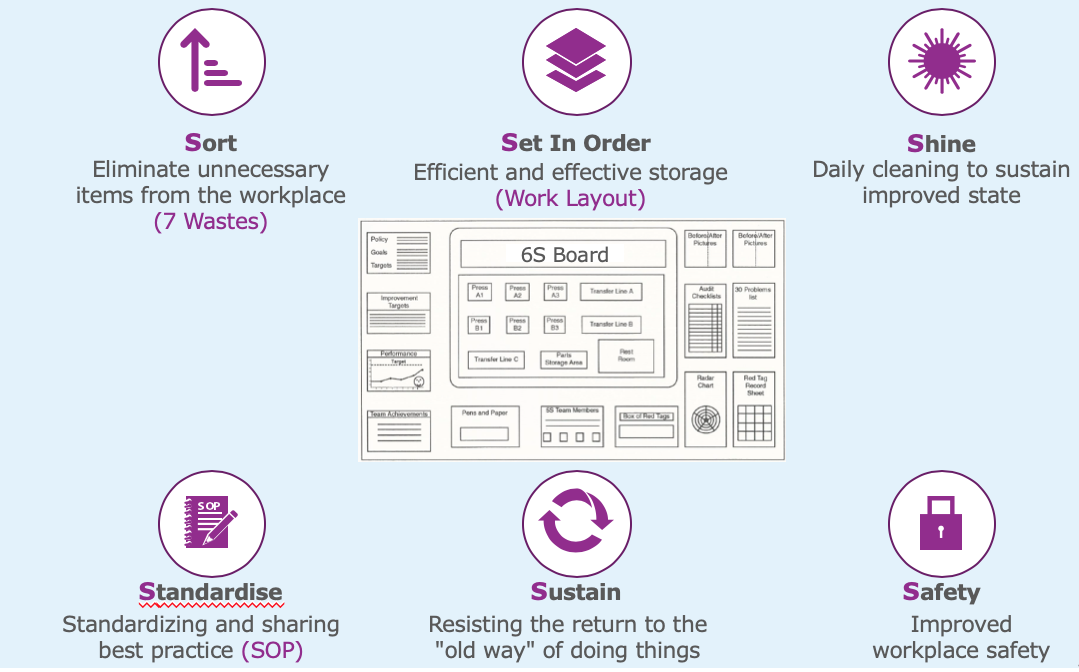
Tip! Take a look at our Quick Read on 5S for more information on this popular Lean technique.
TPM in Admin
This pillar expands TPM to administrative functions, further improving the overall process flow. For example, if a clothing factory have an efficient flow of information from the sales office to the warehouse, orders can be more efficiently and seamlessly posted out to customers.
In Summary
TPM consists of 8 key pillars (with a 5S foundation). These strategic initiatives ensure maximum equipment effectiveness and employee empowerment in order to support the Quality, Cost, and Delivery of a product.
The idea is that employees treat the equipment like it is their own and only pass to maintenance for specialist reasons. It also improves teamwork and collaboration through ownership, reduces downtime, and saves your company money through avoidable repairs and replacements.
TPM is not a one-off project or task, it is an ongoing Lean improvement technique to achieve continuous improvement and a constant competitive advantage.
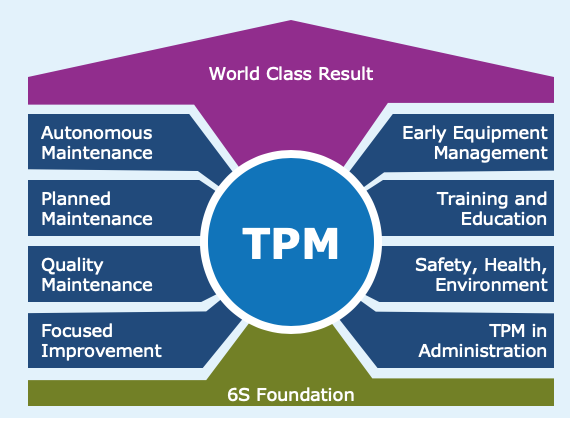
Interested in learning more about how the 8 pillars of TPM could help to improve your organisation? Contact us at info@changewise.co.uk
ChangeWise believes employee engagement is the foundation for successful Change. Training and coaching your people to use simple continuous improvement techniques will enable your organisation to continuously adapt and stay ahead in a constantly changing and challenging environment.
For updates and interesting Lean Change insights, connect with us on LinkedIn.
Find out more about our Public Training Courses

